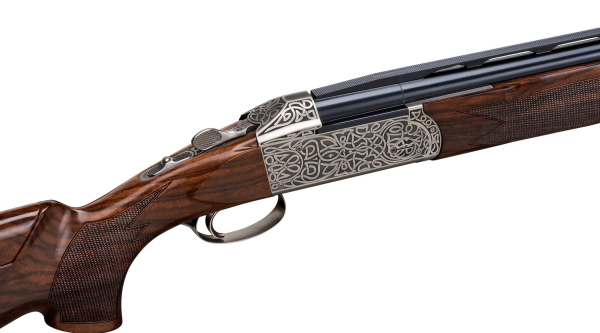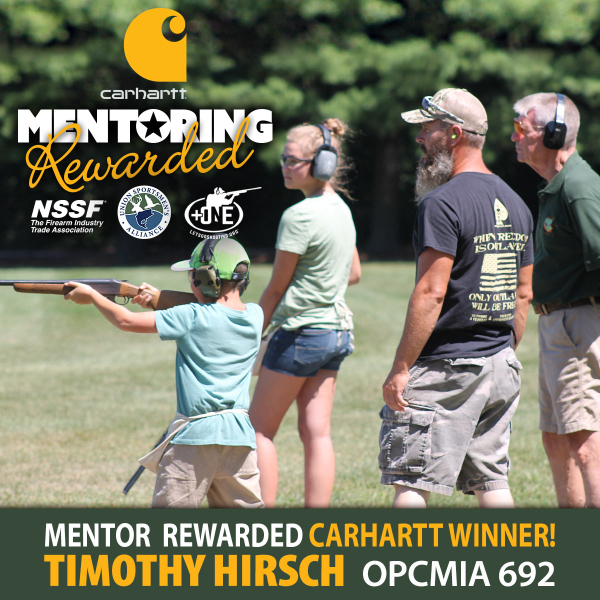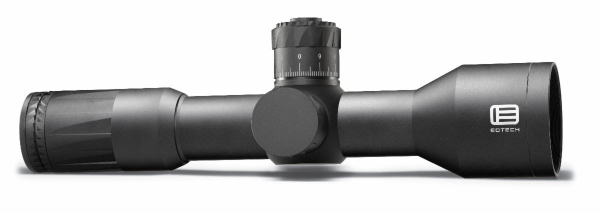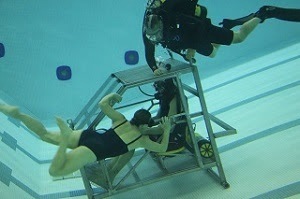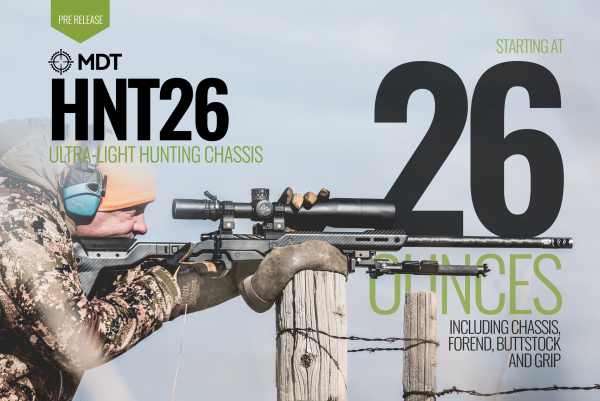Killing Birds with Kindness
This feature was received from the Alabama Department of Conservation and Natural Resources. It’s good information for anyone with bird feeders.
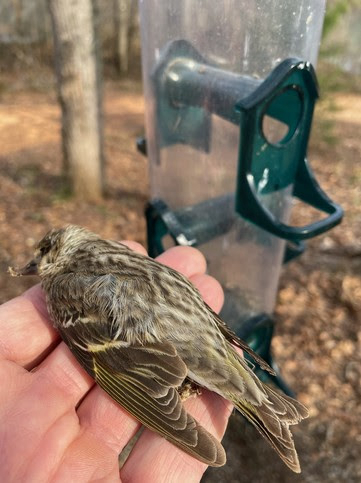
Pine Siskins are one species that are being reported frequently as sick and dying birds are discovered at feeders throughout the state.
|
Winter weather offers a great opportunity to see a wide collection of birds at your feeders. While food resources are lower in winter, bird seed provided in your back yard is especially appetizing for resident birds that can be found here year-round and even more so for those birds who have migrated south for the winter. This year we have received reports of larger than normal flocks of wintering birds across the state congregating at feeders, including American goldfinches, purple and house finches, and pine siskins.
While bird feeders are useful in providing additional resources to many birds, they also can cause harm when disease issues arise. One such disease which is spread thru feces contamination is Salmonellosis. Signs that a bird is ill include ruffled feathers, lethargy, letting you approach them or even pick them up, or you may even find dead birds around your feeders. If you start to see birds acting strange or showing any of these signs, the best thing to do is to take your feeders down and disinfect them with a bleach solution. Leave the feeders down for a couple of weeks and rake up any excess feed that may be left in the yard. Also remove bird baths and clean them. This will allow the birds to disperse and lower the chances of salmonellosis spreading further. If you do find dead birds around your feeders, you can dispose of them by double bagging and placing them in a trash can.


